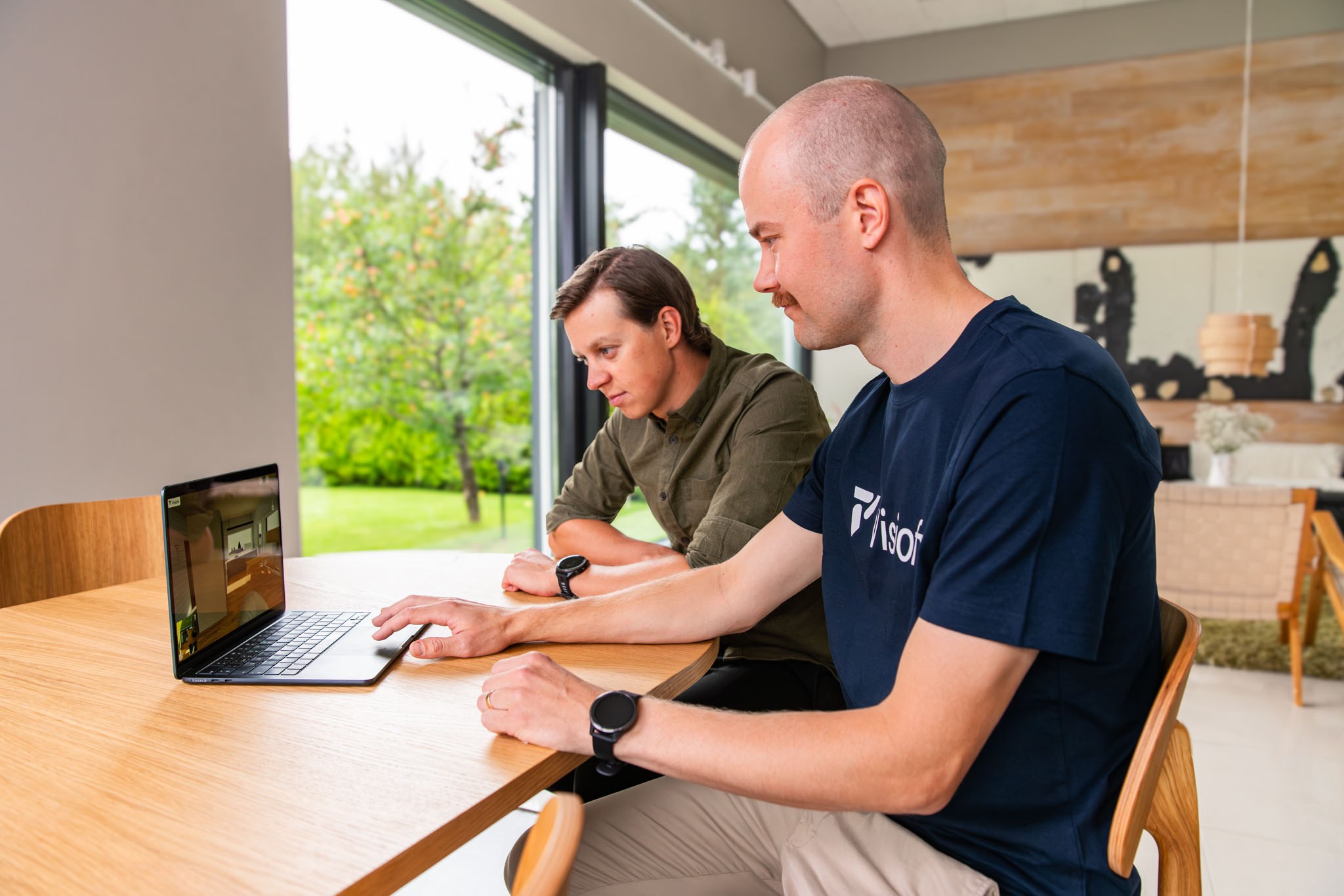
The Power of Virtual Showrooms for Property Sales and Home Design
Credit: This article draws inspiration from Shopify’s original guide to digital and virtual showrooms, adapted for the homebuilding and construction industry.
In a world where buyers expect convenience and immediacy, digital showrooms are redefining how companies present products and services—especially in industries like architecture, construction, and real estate. For Visiofy’s clients—such as home builders and modular housing companies—this innovation enables a highly visual and immersive way to connect with consumers, even before a single brick is laid.
Whether you’re showcasing house models, room layouts, material choices, or design packages, a digital showroom puts the entire experience online—making it easier to sell, personalize, and scale your offerings.
What Is a Virtual Showroom?
A virtual showroom is a virtual space that allows you to present your product catalog—such as 3D house designs, floorplans, and interior options—in an interactive online environment. Instead of relying on physical sample homes, rendew, or in-person meetings, your clients can explore your offerings at their convenience through:
-
3D models and walk-throughs of home designs
-
Video tours and narrated presentations
-
Personalized configuration tools
-
Interactive product selectors (e.g., for materials or finishes)
-
Embedded lead capture or appointment scheduling
For B2B companies like prefab home manufacturers, modular construction firms, or building material suppliers, this means better alignment with buyers who now expect a seamless, digital-first buying process.
How Visiofy Clients Use Digital Showrooms
1. Accelerate Buyer Decision-Making
By replacing static PDFs and slideshows with interactive design experiences, builders empower end-customers to visualize and configure their future homes—shortening sales cycles and improving satisfaction.
2. Reduce the Need for Physical Vitsits and Samples
A virtual catalog of houses and the ablity to test material and color palettes means fewer samples, saved time, and lower logistics costs.
3. Enable Always-On Access
Your digital showroom is never “closed.” Whether the buyer is a busy family or a retail partner sourcing catalog options, your product offering is available 24/7.
Popular Digital Showroom Platforms (for Inspiration)
While tailored solutions like Visiofy can be optimized for homebuilding and architecture, here are some general platforms worth learning from:
-
JOOR: Used in fashion, it allows brands to show 3D imagery, videos, and host virtual appointments.
-
BrandLab360: Offers 3D retail spaces and integrated voice/video communication—imagine this as a model home walk-through, but virtual.
-
Dtail: Allows end-to-end use of 3D samples synced with product data—ideal for keeping specs and visuals aligned.
-
Stitch: Emphasizes brand storytelling—valuable if your homes come with a strong ethos or mission.
-
NuORDER: Built for collaboration with interactive boards and real-time ordering—think configurable packages for home options.
Why Go Virtual? Key Benefits for Property & Construction Businesses
✅ Lower Costs & More Sustainability
No need to produce endless variations of printed brochures, sample kits, or show units. Digital samples save money and reduce waste.
✅ Speed to Market
Have new designs or options ready? Upload them instantly to your showroom—no need to wait for printing, production, or shipping.
✅ Simplified Buyer Experience
Buyers can view, compare, and make decisions faster—with interactive tools that reduce ambiguity.
✅ Scalable Global Reach
No longer limited by geography, you can share your latest collections or house designs with partners anywhere in the world.
Digital Showroom Best Practices
To get the most from your showroom, consider these strategies:
-
Define Your KPIs: Are you trying to increase lead quality? Reduce sample costs? Close deals faster?
-
Prioritize Visual Content: Use high-quality 3D visuals, virtual tours, and well-structured product pages.
-
Offer Personalization: Allow clients to customize house models or finish packages and save their configurations.
-
Enable Collaboration: Integrate buyer notes, chat tools, and shared boards so stakeholders can align in real time.
-
Test & Iterate: Analyze which designs generate the most interest or which features are underperforming—then optimize.
Conclusion
A digital showroom isn’t just a trend—it’s a strategic shift in how B2B property and building companies engage their clients. With platforms like Visiofy, you can move beyond passive presentations and create interactive, buyer-centric experiences that drive sales and build stronger relationships.
Ready to take your showroom online? Let Visiofy help you turn architectural visuals into powerful sales tools.


